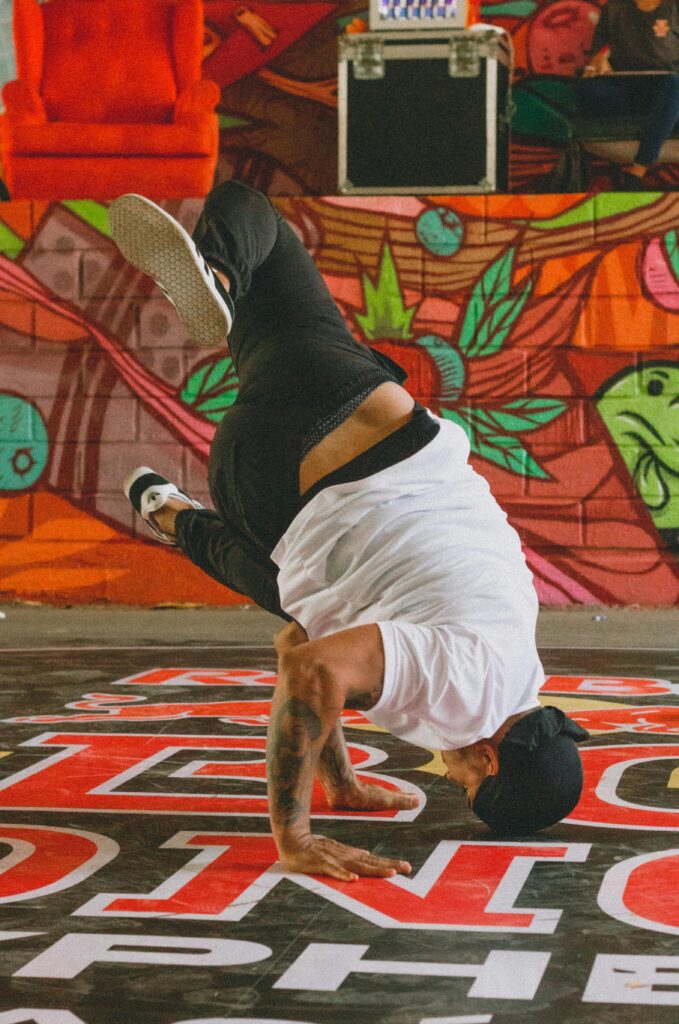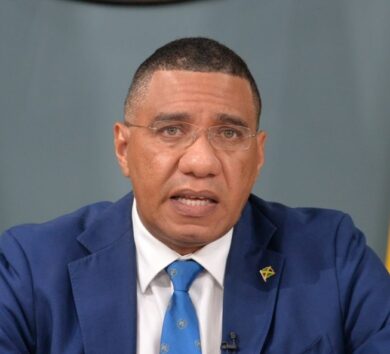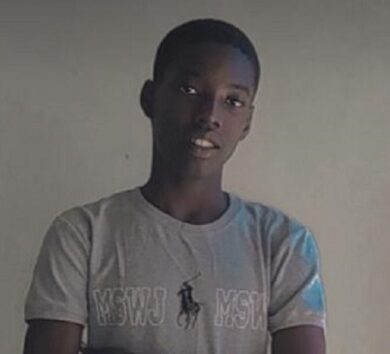

Nearly six decades after its genesis, breakdancing made its official debut at the 2024 Paris Olympic Games with much fanfare.
With the opening rounds underway, you wouldn’t believe that a paltry performance in what could only amount to the highest of mockery unfolded to the giggles of the viewing public and the horror of dancers across the world.
Australian B-Girl Rachael ‘Raygun’ Gunn had a disappointing performance, which I attribute to the Olympics’ flawed vetting process and ignorance.
Originating in New York City in the 1960s and 1970s, breakdancing, popularised by Latinos and African Americans, combines gymnastics and martial arts routines, featuring athletic footwork, head and backspins amongst other technical aspects that make the dance form an exhilarating watch.
In the Olympics, competitors were evaluated in technique, execution, musicality, originality, and vocabulary, with subjective scoring, without numerical systems like figure skating or gymnastics.
Though much excitement surrounding the inclusion of the urban dance form into the Olympics, I cannot help but point out a huge mistake by those in Australia who qualified her to compete—their vetting process for the breaking competition was clearly done with little to no expertise in what is classified as actual breakdancing.
Accentuating this ignorance was Australian break-dancer, Raygun who scored an embarrassing zero points in every round, going viral for her ridiculous dance moves and lacklustre performance.
Raygun’s dancing felt like a mockery of breakdancing, but she believes it to be daring, posting on her Instagram: “Don’t be afraid to be different, go out and represent yourself, you never know where that’s gonna take you.”

Breakers must have finished within the top 32 of their respective events in the final rankings of the four-month-long Olympic Qualifier Series. So how did Raygun get in? Her catastrophic routine has raised concerns about the level of seriousness and care being taken by the Olympics in vetting their athletes.
Australian Prime Minister Anthony Albanese voiced his support for Raygun out of some patriotic duty. Still, there are times when I believe a participation trophy is not the answer—this was one of them.
‘Jumping the Gunn‘
In an interview with ESPN, Gunn defended her efforts, stating: “I was never going to beat these girls on what they do best — their power moves…What I bring is creativity.”
She is delusional.
“All of my moves are original,” Raygun continued, “Creativity is really important to me. I go out there, and I show my artistry. Sometimes it speaks to the judges, and sometimes it doesn’t. I do my thing, and it represents art. That is what it is about.”
Gunn is an academic and competitive breakdancer. She is also a lecturer at Macquarie University in the Department of Media, Communications, Creative Arts, Language and Literature, holding a PhD in Cultural Studies with a focus on Breakdancing. Surprisingly she has even won breaking competitions in Australia and is seen as a ‘formidable’ breaker (go figure).
Team Australia’s chef de mission Anna Meares doubled down on Raygun’s greatness, insisting she was the best breaker the country had to offer.
It looks bad

For many hip/hop and B-Boy and B-Girl enthusiasts Raygun’s qualification to compete in the first-ever Olympics Breaking tourney is a slap in the face to those breakers who can actually dance.
Before her unfortunate performance, folks were asking why breakdancing is even being represented at such a high level, constantly questioning its legitimacy as a sport and Raygun has almost nudged the final nail in the coffin with her ‘Creativity’.
Folks trying to make sense of why she would come to represent her country with zero talent (otherwise from the fact that she was clearly lied to about her level of talent) have begun hypothesizing that she entered the games for research purposes. I’ve even seen those who believe she may have entered the Olympics and did ‘The Sprinkler’, ‘The Snake’ and the now iconic ‘Kangaroo Hop’ protesting the ‘institutionalization’ of breakdancing, arguing that the subculture is at risk of being co-opted by officials, commercialized, and subjected to brutal judging structures.
A whole bunch of rubbish.
Luckily, real breakers did enter the competition and showcase the beauty and complexity of break dancing with Canadian B-Boy, Phil Wizard, etching his name in history after becoming the first man to win a gold medal in breaking. Regrettably, he was a part of the Olympics’ breaking lineup along with Raygun and not enough people have noted his victory. How could they? When Gunn has gone viral and is all you see on socials where breaking at the Olympics is concerned.
Sans Raygun’s unforgettable dancing, I was happy to see the diversity in this staging of the Olympics. Skateboarding, sport climbing and surfing also made their debut this year to much fanfare. Luckily those other categories fared well, as their representatives actually knew what they were doing.
One may never know the real reason, but after being unceremoniously paired with Raygun, Olympic organisers have ruled to axe breakdancing for the 2028 Los Angeles Games, which ultimately is the greatest shame.







Comments